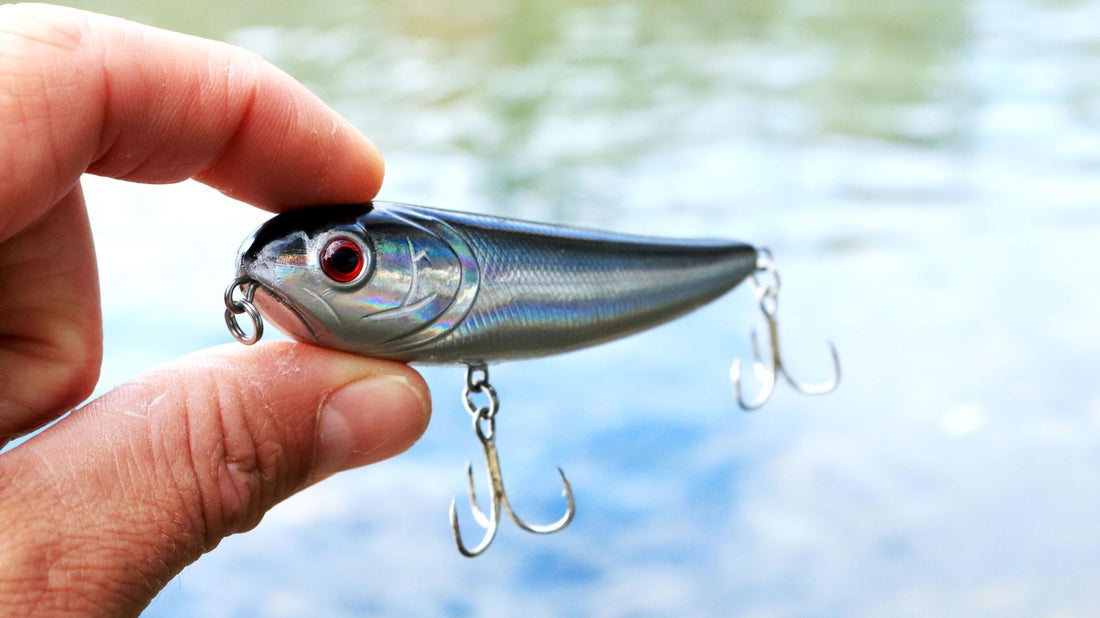
What size of hooks for sea fishing?
Share
There are many sea fishing hooks to be chosen. It is vital to use the proper hook size. Otherwise, you may miss some bites due to the theme being too big for the fish's mouth. If you select a small hook, on the other hand, this may result in problems such as being unable to get the hook down or it may not be strong enough for larger fish.
The structure of sea fishing hooks
Eye- is used to penetrate and tie your sea fishing line, which can be turned up, down, or straight.
Gape-The distance between the hook point and the hook shank. The wider the gap, the more excellent the opportunity for the hook to catch when the fish disgorges your hook bait.
Shank: Connects the bend to the hook eye. The shank can be long or short. Some hook shanks are easier to unhook from smallmouth (e.g., flatfish).
Point-The most significant part of the hook, as it is used to "penetrate" the mouth of the fish, so make sure your hook is very sharp. A sharp angle will undoubtedly let you catch more fish.
Barbs - are designed to stop the hook from falling out of the fish's mouth. The wider the barb, the stronger the grip, but this can seriously hurt the fish when
the hook is withdrawn.
What size of hook do you require?
Sea fishing hooks use numbers to define. The bigger the number, the smaller the pin. The size of the theme is determined by the gap between the hook shank and its shaft (aka the hole) and the length of the post. The size of the hook's "gap X length" is then numerically given. For example, size #22 hooks are pretty small and are best for using flies as lures, while size #6 hooks generally have a five-eighths to seven-eighths- inch long shaft and are ideally suited for catching snapper.
The best size of hook for sea fishing for oysters and cod is the #1 or 1/0 hook. This is the perfect size range for catching large numbers of cod, croaker, and pompano using salmon fleas or fish bites.
Cod and oysters are perhaps the most attractive fish to which sea fishermen are addicted in southern waters during the winter. They all have small mouths relative to the big fish, and you may have to use smaller hooks; otherwise, you will miss a lot of fish.
Yellowtail is superb table fare but is often captured for snooking in the surf of Florida waters. Their comparatively small mouths suggest that #1 or 1/0 circles are also best for them.
Bluegill is a very sought-after species for sea fishing lovers. Bluegill is an outstanding battler who quickly eats live, dead, and jigging baits. However, their teeth are particularly sharp, so you may require to add a small wire leader to your main line when you aim for bluegill.
When sea fishing for bluegill in the surf, the optimum hook size is a 3/0 hook or J-hook. This size hook goes so well because it can capture small bluegill only a pound down to those big bluegill 10 or 15 pounds.
I hope this blog has offered you some helpful insight into the kinds of hooks that are most appropriate for different types of fish!
